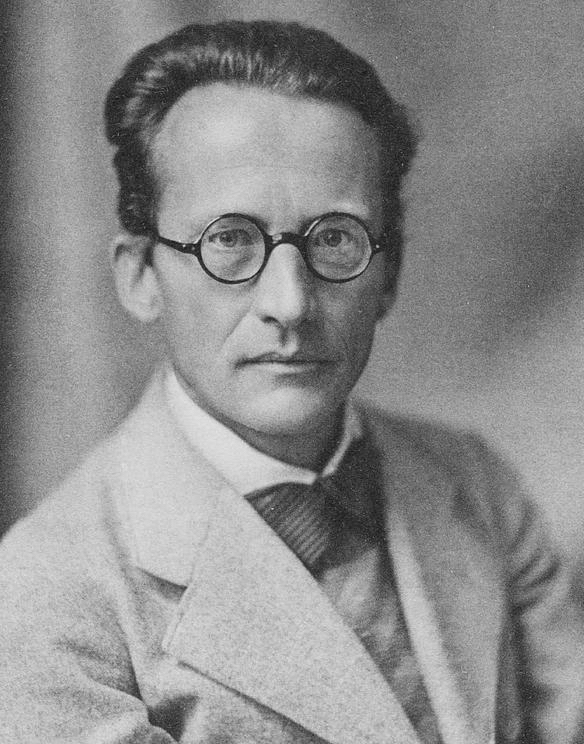Two Qubits, Three
Not only is the Universe stranger than we think, it is stranger than we can think.
Werner Heisenberg
107
In the previous chapter, we defined qubits and saw what we could do with just one of them. Things now start to get exponential with every additional qubit added because entanglement allows the size of the working state space to double.
This chapter is about how multiple qubits can behave together and then building a collection of tools to manipulate those qubits. These include the concept of entanglement, a requirement for quantum computing. We also examine important 2-qubit gates such as CNOT and SWAP. This will lead us into Chapter 9, “Wiring Up the Circuits,” and Chapter 10, “From Circuits to Algorithms,” where we look at algorithms and build circuits that use this machinery.
I explain the uncertain fate of Schrödinger’s cat before we conclude this chapter. Schrödinger’s$cat
...





